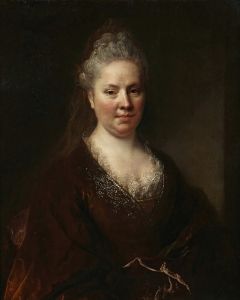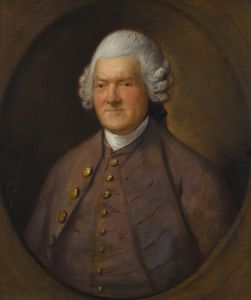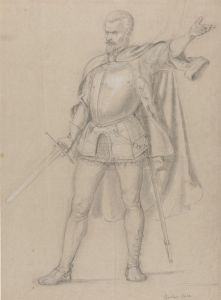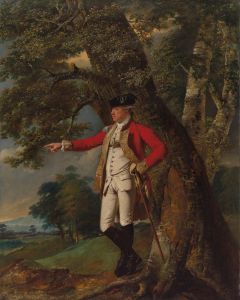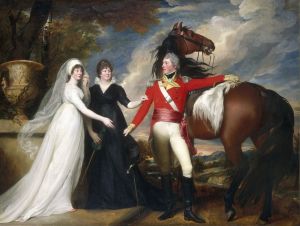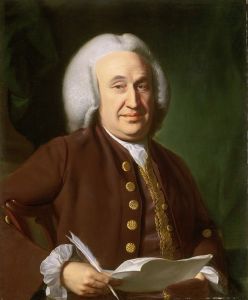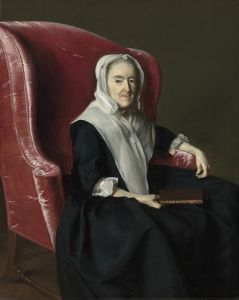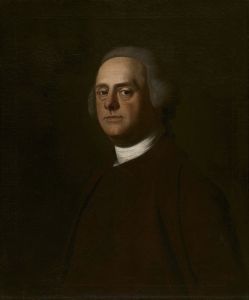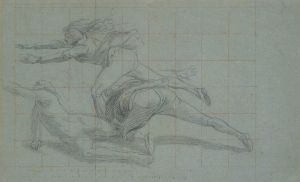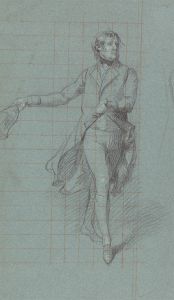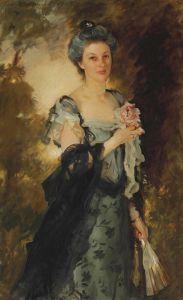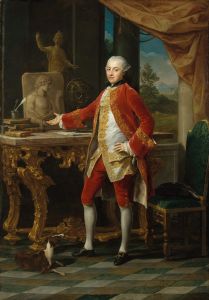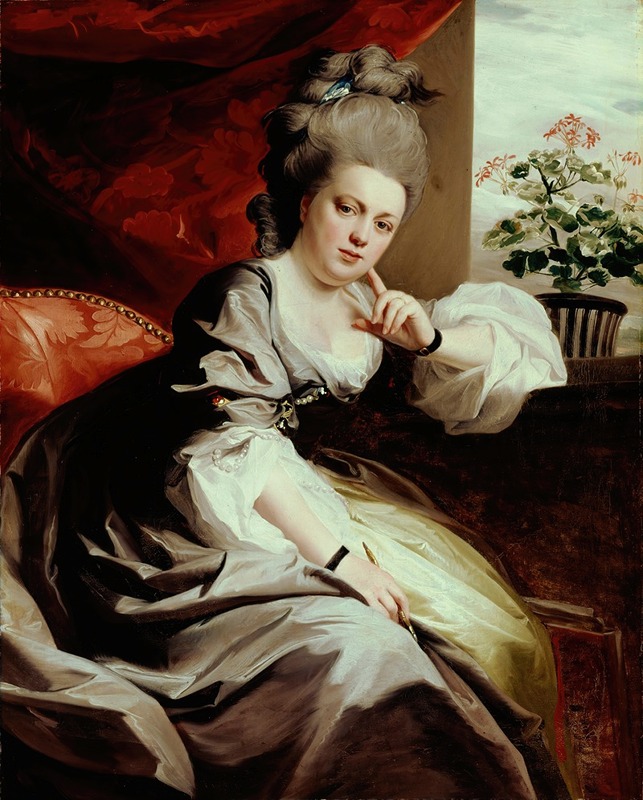
Mrs. Clark Gayton
A hand-painted replica of John Singleton Copley’s masterpiece Mrs. Clark Gayton, meticulously crafted by professional artists to capture the true essence of the original. Each piece is created with museum-quality canvas and rare mineral pigments, carefully painted by experienced artists with delicate brushstrokes and rich, layered colors to perfectly recreate the texture of the original artwork. Unlike machine-printed reproductions, this hand-painted version brings the painting to life, infused with the artist’s emotions and skill in every stroke. Whether for personal collection or home decoration, it instantly elevates the artistic atmosphere of any space.
John Singleton Copley, an influential American painter of the 18th century, is renowned for his portraits that capture the likeness and character of his sitters with remarkable detail and realism. Among his works is the painting Mrs. Clark Gayton, which exemplifies his skill in portraying the social status and personality of his subjects.
The painting depicts Mrs. Clark Gayton, whose identity is tied to her marriage to Clark Gayton, a British naval officer. The exact date of the painting is not definitively recorded, but it is believed to have been created during Copley’s time in England, after he moved there in 1774. This relocation marked a significant period in Copley’s career, as he transitioned from colonial America to the more established art scene of Europe, where he gained greater access to patrons and artistic influences.
In this portrait, Copley employs his characteristic attention to detail, particularly in the rendering of textures, fabrics, and the sitter’s expression. Mrs. Gayton is depicted in elegant attire, which reflects her social standing and the fashion of the time. The composition and use of light emphasize her presence, while the background and setting are kept understated, drawing focus to the sitter herself. This approach aligns with Copley’s broader style, which often sought to highlight the individuality and dignity of his subjects.
The painting is an example of Copley’s ability to merge the traditions of European portraiture with his own distinctive approach, which he developed during his early career in America. His works from this period often reveal his mastery of color, texture, and form, as well as his sensitivity to the personalities of his sitters.
The current location of Mrs. Clark Gayton is not widely documented, and further details about the sitter’s life remain limited. However, the painting remains a testament to Copley’s skill as a portraitist and his ability to capture the essence of 18th-century society through his art.





